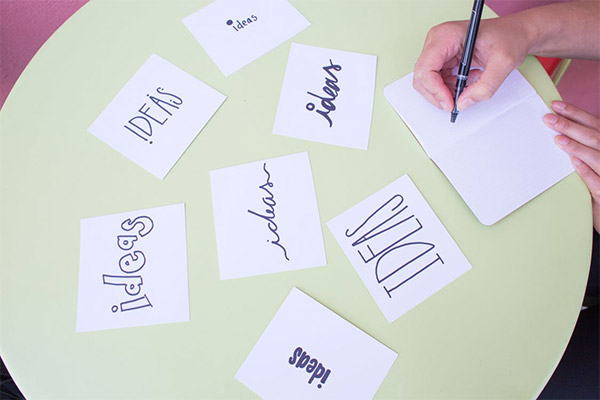Have you ever experienced feeling nervous and excited at the same time to share your final design to your client, just to be rejected afterwards? It sucks, I know.
You’re almost to the finish line. You’ve done all the necessary steps to come up with the perfect design, and yet the client still didn’t like your work.
The problem may not be on what you’re showing but on how you’re showing it.
Design ideas, no matter how great, can fall into the abyss with poor presentation.
The good news is you can take your presentation prowess to the next level!
This article will help you attain that level with these helpful tips that we have curated for you to ponder. Take a look on each of them and consider on how you can apply them to improve your presenting skills and get that thumbs up from your clients.
1. Know your client.

Like every person, clients just love to feel that they are special and included in the process. Do some research about their company and have strategic small conversations about what they love (sports, hobbies, etc.).
Some of these things may not be relevant, but they can give you a clearer picture of who you’re talking to.
You can use this knowledge to build rapport with your client and form your presentation around it where your client can easily relate. (Think of relatively new movies that strategically use old, nostalgia-inducing songs to relate with their movie critics.)
2. Create An Attractive Presentation.

The premise to this tip is simple – present your work in the best possible light that your client can appreciate.
You can use mockups and templates that are available online.
Another important thing to remember is making sure that your presentation is simplified to its focal point. You wouldn’t want your client to be overwhelmed with the aesthetics and distract their attention from the main design.
3. Set The Context.

During the beginning of your presentation, it is best to establish the context of your finished design. This will help put you and your client in the same perspective.
Do a recap on what the objectives and goals were prior to the project. Articulate their feedback during the process and what were the actions taken in response. Then, give them an insight on how your designs will benefit them.
4. Explain, but don’t be defensive.

During the presentation, there will always come a time where your client will ask questions about your design.
Now, it is understandable to defend your work. You’ve definitely put more time and effort to it than your client can imagine. But always remember this – it’s not just what you say, but how you say it.
Reacting in a defensive manner is a wrong approach. Instead, start your response with something like “That’s a good idea.” or “That’s interesting”, and then proceed with explaining why it won’t work or why your design is better.
This way, you’re telling your clients that your mind is open to suggestions (which is expected of you) and you’re not looking after your ego but what’s best for the project.
Always maintain a level head and handle every feedback and revisions professionally.
5. Tell your story.

One disadvantage of being a graphic designer, in a sense, is working in an isolated environment. I’m saying this because in this set up, your client don’t get to see how much hard work and effort is given in creating a design concept.
With this lack of awareness, clients may have the tendency to take the design less genuinely than it deserves.
That is why it is important to tell or show your story.
It gives them an idea how your design came to be and not overlook the steps you took in coming up with the solution.
Here is a great example of how the NYPL logo was born:
6. Rehearse!

As the old saying goes – Victory loves preparation.
To have a better chance of landing a successful pitch, practice everything that you’re going to say not only during the presentation, but also before and after.
One common mistake people do is to ‘wing’ what you’re going to say.
One common mistake people do is to ‘wing’ what you’re going to say.
Spend more time on your spiel. Anticipate what questions your clients may throw at you. Do due diligence and reap the rewards of having a smooth and successful pitch later on.
Bonus Tip – The Rule Of Three
If you already have an impeccable reputation in the design community, you can have the luxury of presenting a single design concept. But if you’re not at that level yet, it would be best to prepare 3 design concepts for your clients to choose from.
1. Client’s concept – This is the concept where it reflects most of the client’s demands for the design with great execution.
2. Designer’s concept – This is the version that the designer feels is the best for the project. It fundamentally has the creative elements balanced with what the client needs.
3. “Wow” design – This is a ‘thinking out of the box’ concept that goes beyond the limits of the client’s boundaries. You’ve put some of your creative ideas that are out of the norm. Though this a long shot, it can expand your options or ideas for the design.
You’re up!

Presenting your finished design is the last leg of the race. Whatever you do, make sure that you’ve done everything in your power to make it as smooth as possible, just like what you’ve done with your incredible design.
Did we miss any important factors in having an effective client presentation? Share your tips on the comment section.







